
Plant Physiology Spotlights April and May 2023 First Authors
Blog, Community, Plant Physiology: Author ProfilesIn April and May, we published many innovative manuscripts in Plant Physiology. Behind those manuscripts are researchers, professors, professionals and students dedicated to advancing the field of plant science. You’ve seen our First Authors on Facebook and Twitter — now, read more about why they…

The Plant Cell Features May 2023 First Authors
Blog, Community, The Plant Cell: Author ProfilesIn the month of May, we published many groundbreaking manuscripts. Behind those manuscripts are researchers, professors, professionals and students dedicated to advancing the field of plant science. You’ve seen our First Authors on Facebook and Twitter — now, read more about why they chose to pursue…
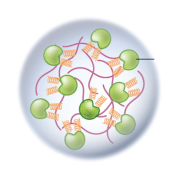
Focus Issue: Biomolecular Condensates
Plant Science Research WeeklyAlthough The Plant Cell Focus Issue on Biomolecular Condensates officially comes out in September, due to the idiosyncrasies of publishing many of the articles are already available online, and I’m highlighting them now because this topic is also the focus of a plenary session at the Plant Biology…
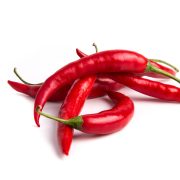
Spotlight: Salt and Peppers
Plant Science Research WeeklyIn my cruise around the internet looking for fascinating plant science, I found this tasty morsel. It’s a Spotlight feature of new paper on the effects of salt stress on plants of the genus Capsicum. I don’t want to detract from author Robert Calderon’s fine writing, so head over to Physiologia…
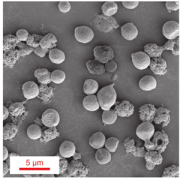
Soluble and insoluble α-glucan synthesis in yeast by enzyme suites derived from maize endosperm
Plant Science Research WeeklyStarch is a polymer of α-glucose which is assembled into insoluble, semi-crystalline granules in plants. It is not known why we see only insoluble starch granules in plants and no soluble α-glucan polymers. To investigate this, Boehlein et al. took a synthetic biology approach. Eleven starch metabolism…
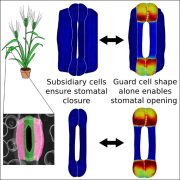
Grasses exploit geometry for improved guard cell dynamics
Plant Science Research WeeklyStomata are pores on the surface of leaves essential for gas exchange. In grasses, stomatal aperture is controlled by pairs of dumbbell shaped guard cells, with each guard cell surrounded by a subsidiary cell. Despite cell geometry being well described, it was unclear how it influences stomata function.…

Interconnected: Hydrotropism and phototropism in Arabidopsis root growth
Plant Science Research WeeklyTropisms enable plants to shift their growth direction in response to environmental changes. The roots of Arabidopsis plants respond to gravity by growing in the direction of gravity, a phenomenon known as gravitropism, while in response to unilateral blue light they bend away, demonstrating phototropism.…
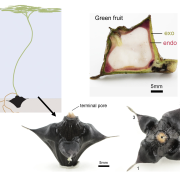
Hydrolyzable tannins are incorporated into the endocarp of water caltrop
Plant Science Research WeeklyTrapa natans, also known as water caltrop or bat nut, is an aquatic plant with large seeds encased by a hardened endocarp. Due to this durable endocarp, these seeds may remain dormant underwater for up to 12 years. Huss et al. studied the anatomical and biochemical factors responsible for the hardened…

Comparison of red raspberry and wild strawberry fruits reveals mechanisms of fruit type specification
Plant Science Research WeeklyHere’s a sweet story of gene expression and fruit form, starting with the simple question of “why do closely related strawberry and raspberry fruits look so different?” In strawberry, the ovaries become dry achenes where in raspberies they become juicy druplets; in strawberry the stem tip (receptacle)…

